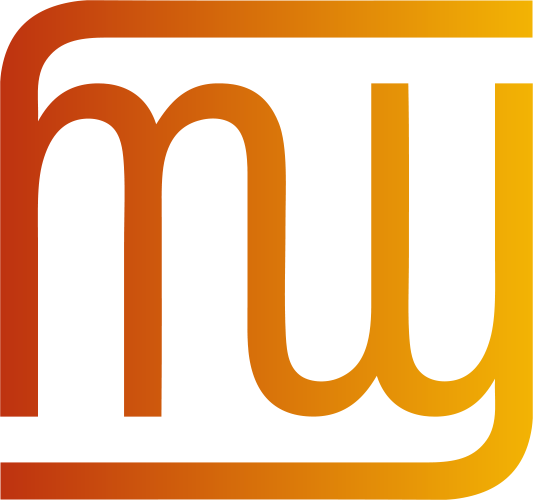 The W3C Internationalization (I18n) Activity works with W3C working groups and liaises with other organizations to ensure Web technologies work for everyone, regardless of their language, script, or culture.
The W3C Internationalization (I18n) Activity works with W3C working groups and liaises with other organizations to ensure Web technologies work for everyone, regardless of their language, script, or culture.
From this page you can find articles and other resources about Web internationalization, and information about the groups that make up the Activity.
Read also about opportunities to participate and fund work via the new Sponsorship Program.
What the W3C Internationalization Activity does
Selected quick links
Selected quick links
Selected quick links
Updated article: Setting language preferences in a browser
This article was largely rewritten. The background information was made more accessible to a general user. A command path was added for IE7. The text about specifying alternative language preferences was expanded, and instructions were added to describe how to create custom tags by finding values in the IANA Language subtag registry. The case of Chinese is discussed in detail, and a section was added about IE7’s defaults, with a suggestion that users add an additional language setting.
Please send any comments on the new text to www-international.
The Spanish, Polish and Portuguese translators should consider retranslating the whole article.
New talk slides: The Internationalization Tag Set
Presentation by Richard Ishida at the Localization Research Centre XI conference, Dublin, Ireland, on 26 October, 2006.
New translation: Одноязычные и многоязычные веб-сайты
Thanks to Elena Nellson the FAQ-based article “Monolingual vs. multilingual Web sites” has now been translated into Russian (language negotiated).
Интернациональные и многоязычные веб-сайты
Thanks to Elena Nellson the FAQ-based article “International & multilingual web sites” has now been translated into Russian (language negotiated).
การใช้ XHTML 1.0
Thanks to Lawan Nuntavovat the article “Serving XHTML 1.0” has now been translated into Thai (language negotiated). This is our first translation into Thai.
Локализация по сравнению с интернационализацией
Thanks to Elena Nellson the FAQ-based article “Localization vs. Internationalization” has now been translated into Russian (language negotiated).
New talk slides: Practical & Cultural Issues in Designing International Web Sites
Presentation by Richard Ishida that opened the highly successful Fundamentos Web conference, Oviedo, Asturias, Spain, on 3 October, 2006.
Blogs and press reports
Setting language preferences in a browser
Corrected path to dialogue box for Firefox (added Advanced). Also added ‘(tab)’ to Firefox and IE.
Translators (Spanish, Br Portuguese, and Polish) should consider providing this text.
Ustawianie parametru charset HTTP
Thanks to the Tłumaczenia Dokumentów Team the article “Setting the HTTP charset parameter” has now been translated into Polish (language negotiated).
Two-letter or three-letter language codes
Since the publication of the new IANA Language Subtag Registry as the place to find language subtags, rather than the ISO code lists, this question is no longer relevant.
The article was almost completely rewritten to explain this.
The Portuguese translation has been removed, since the text is now so radically different.
